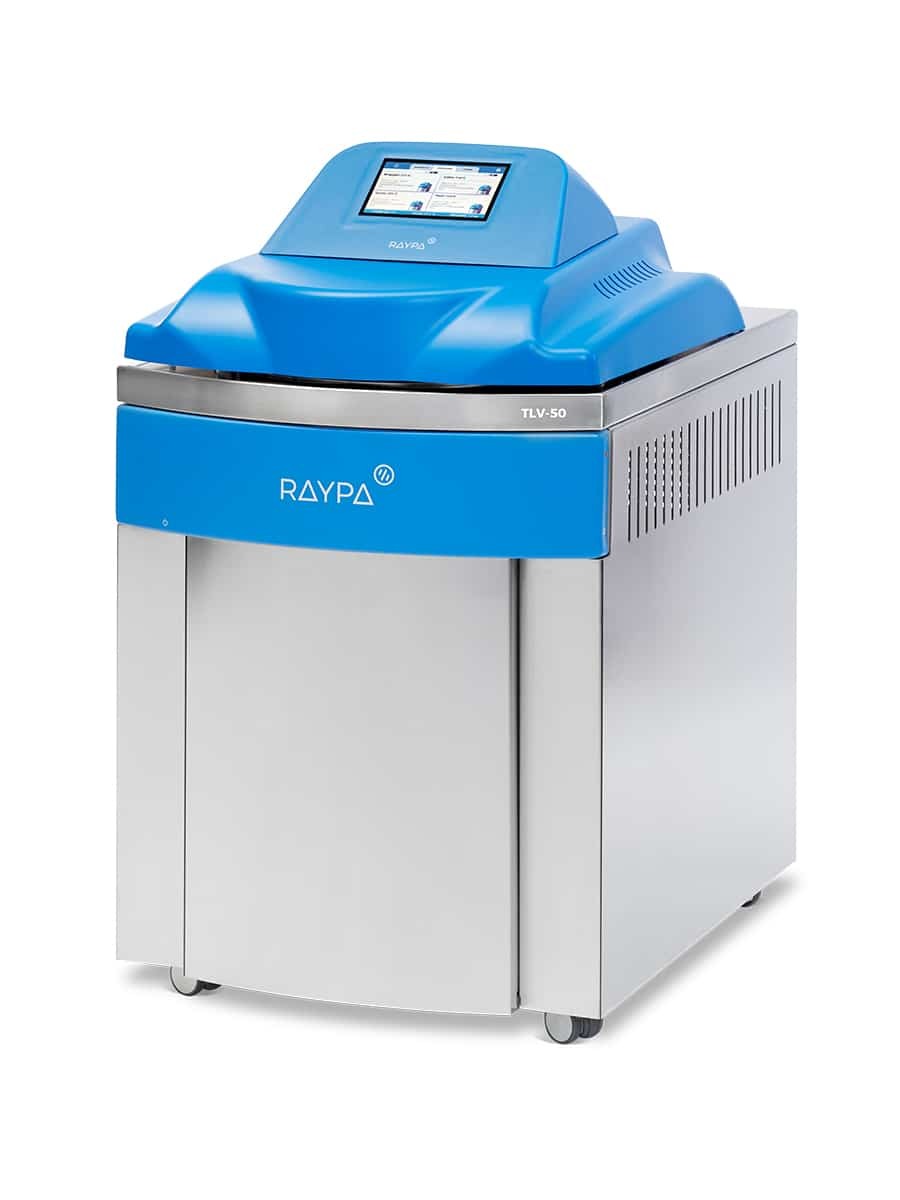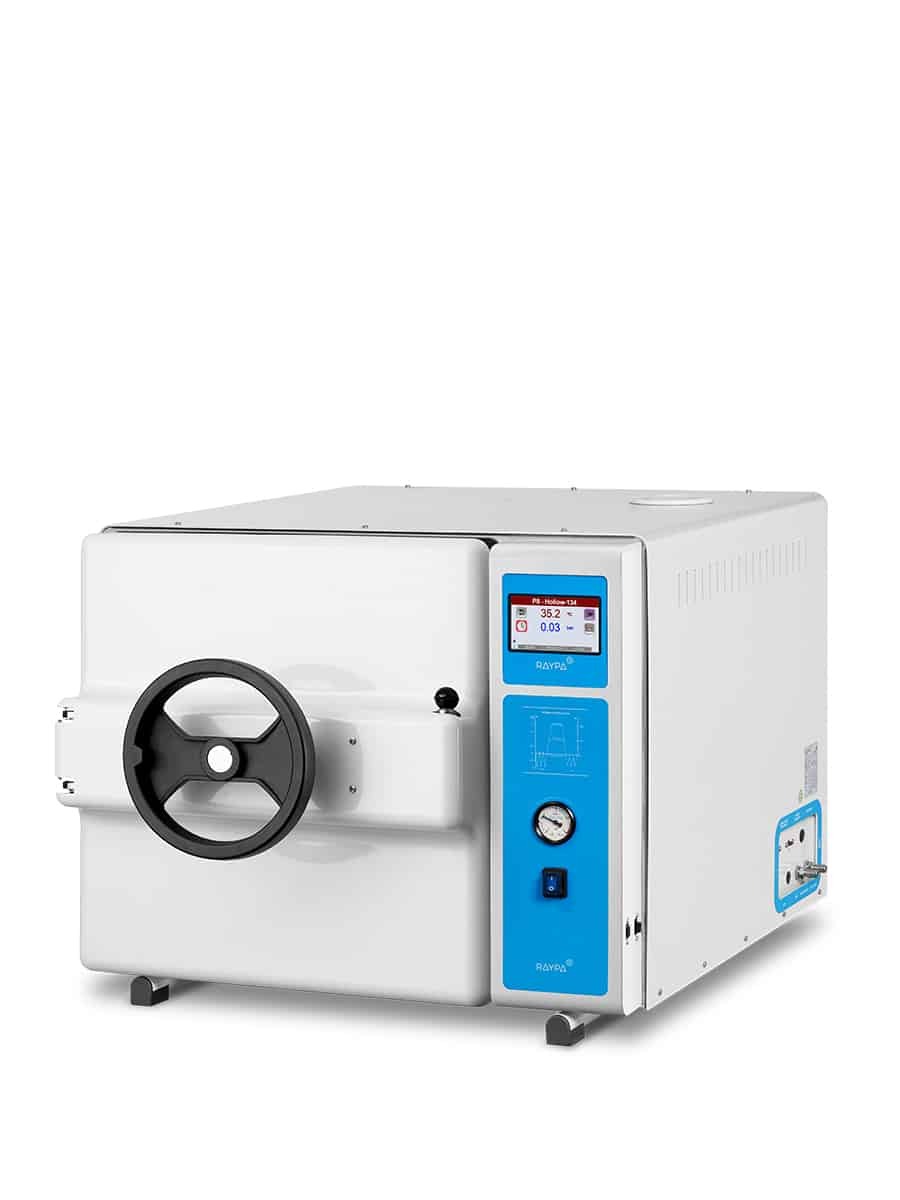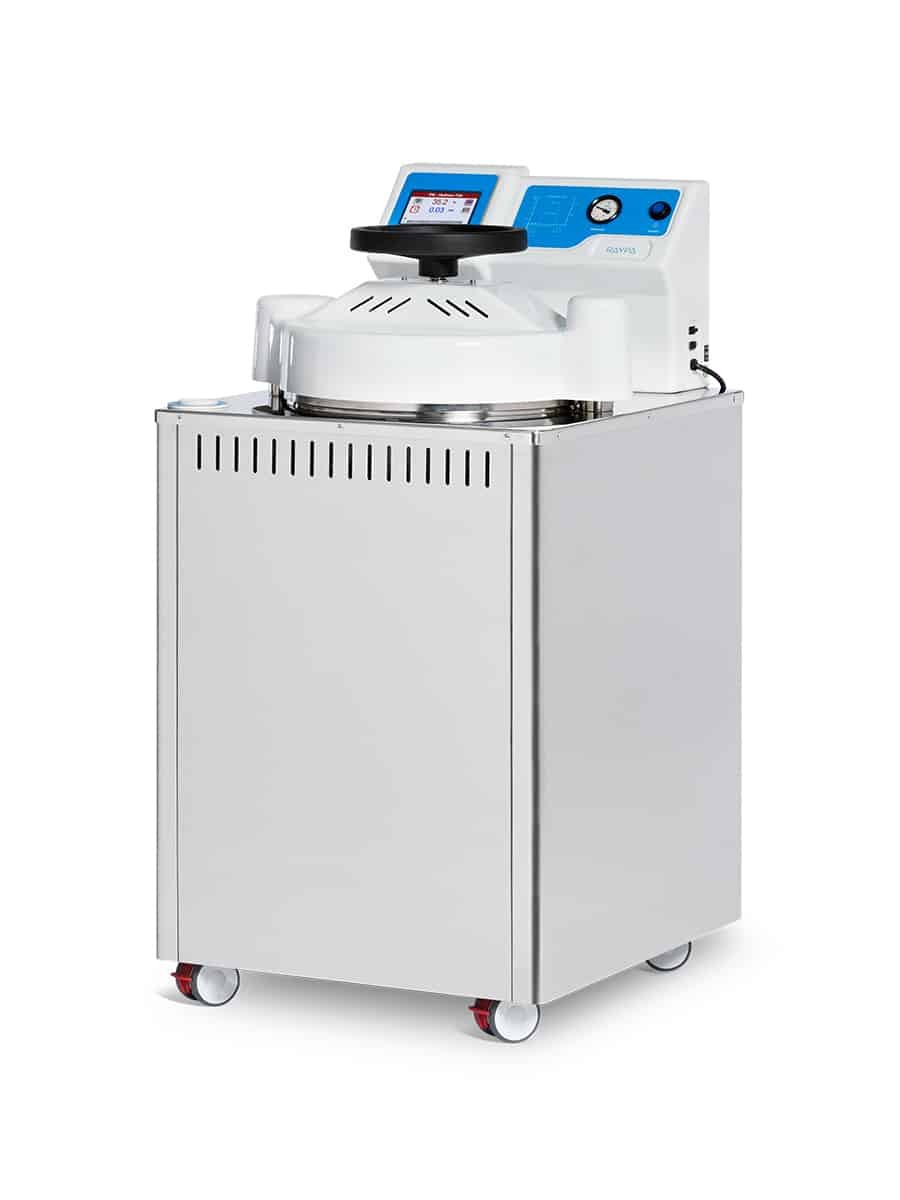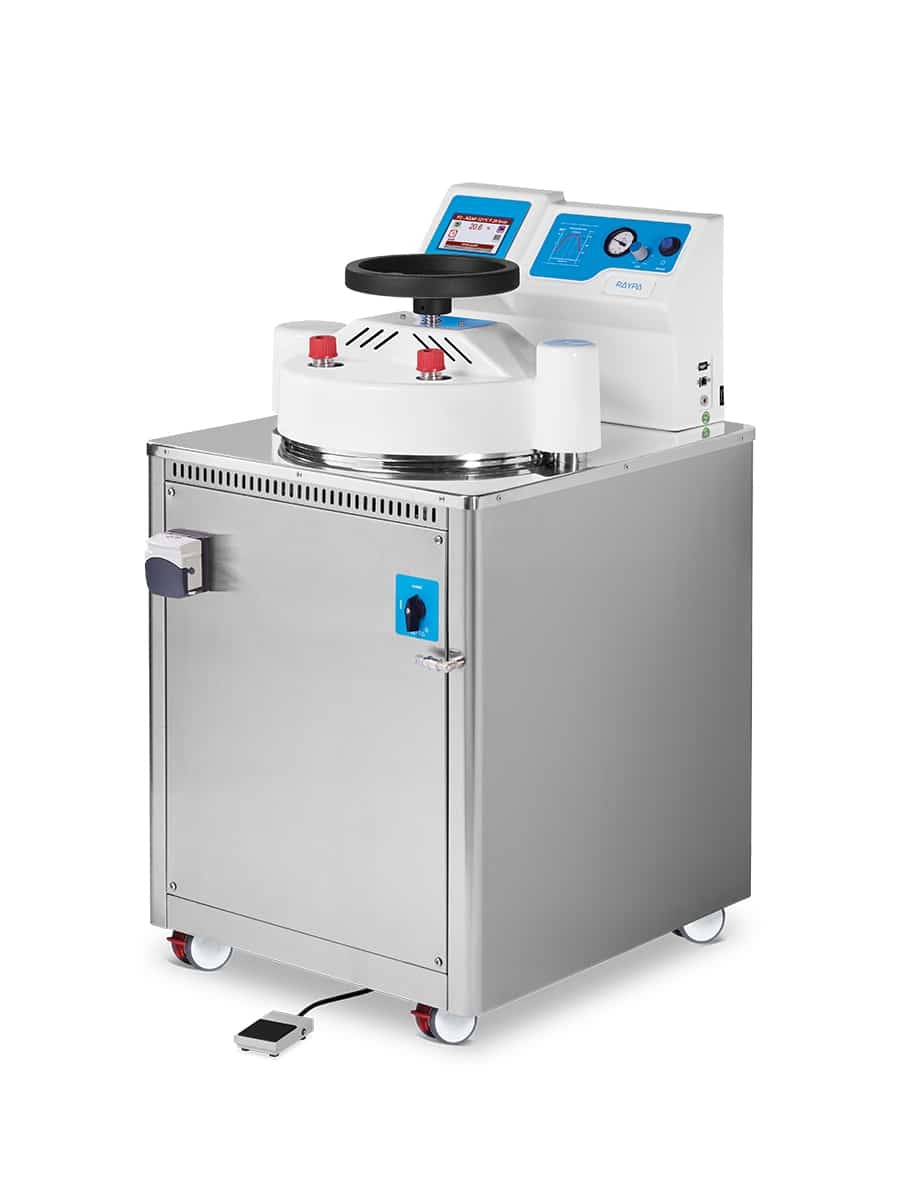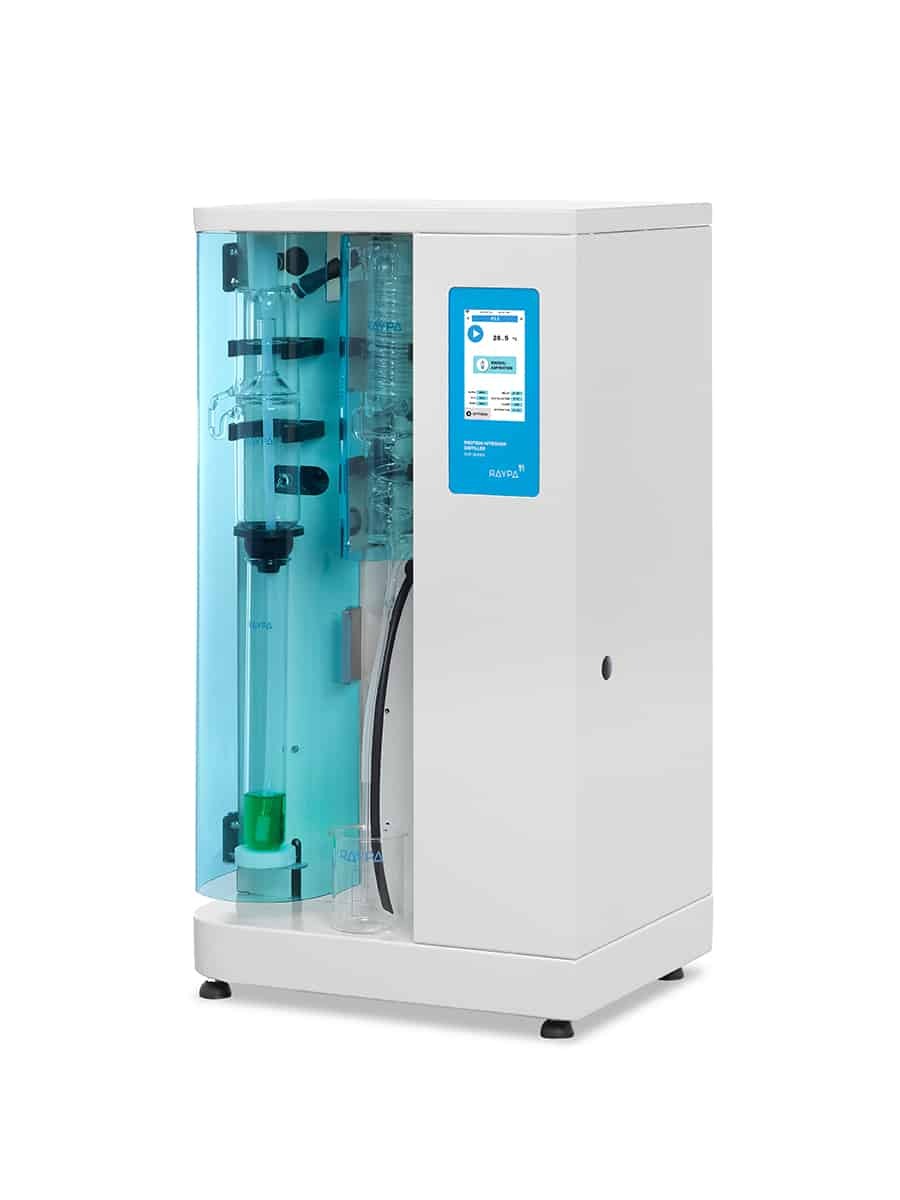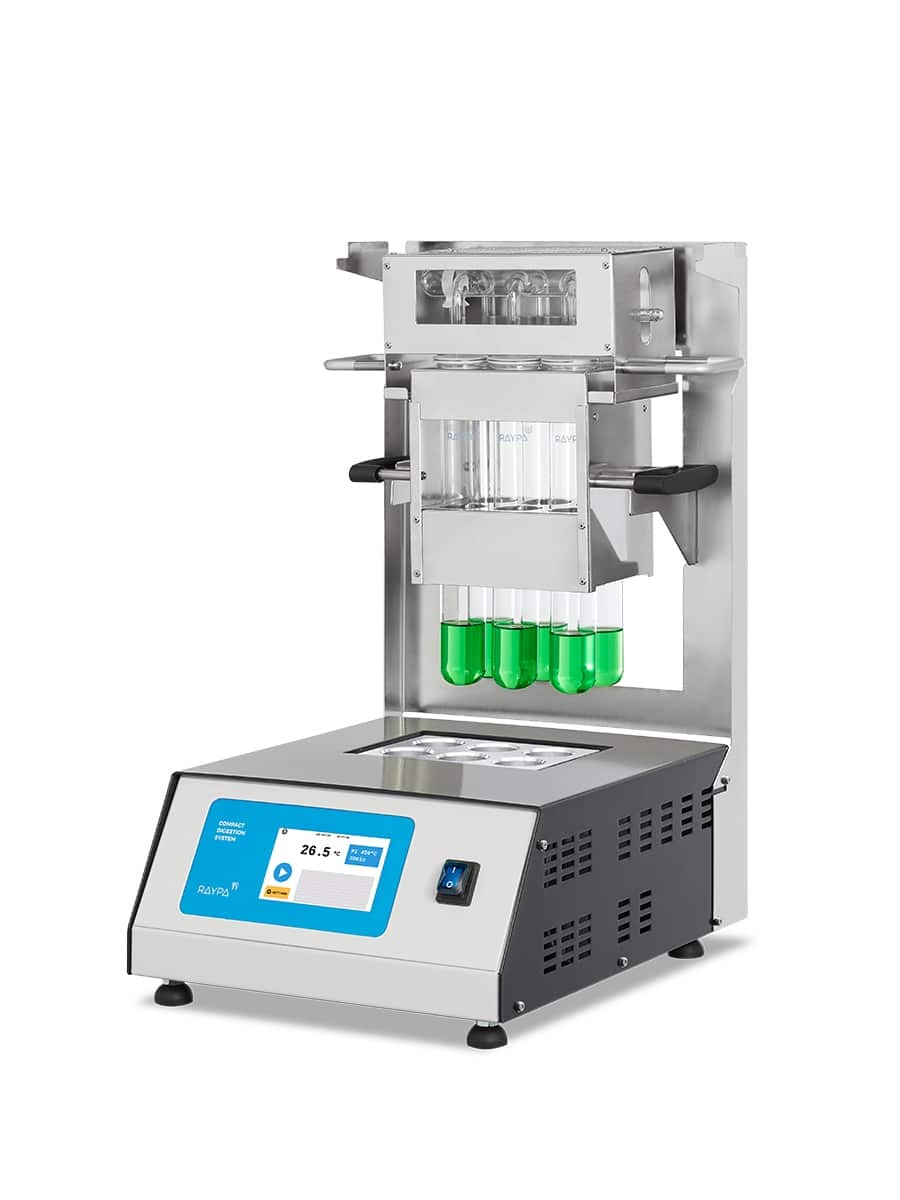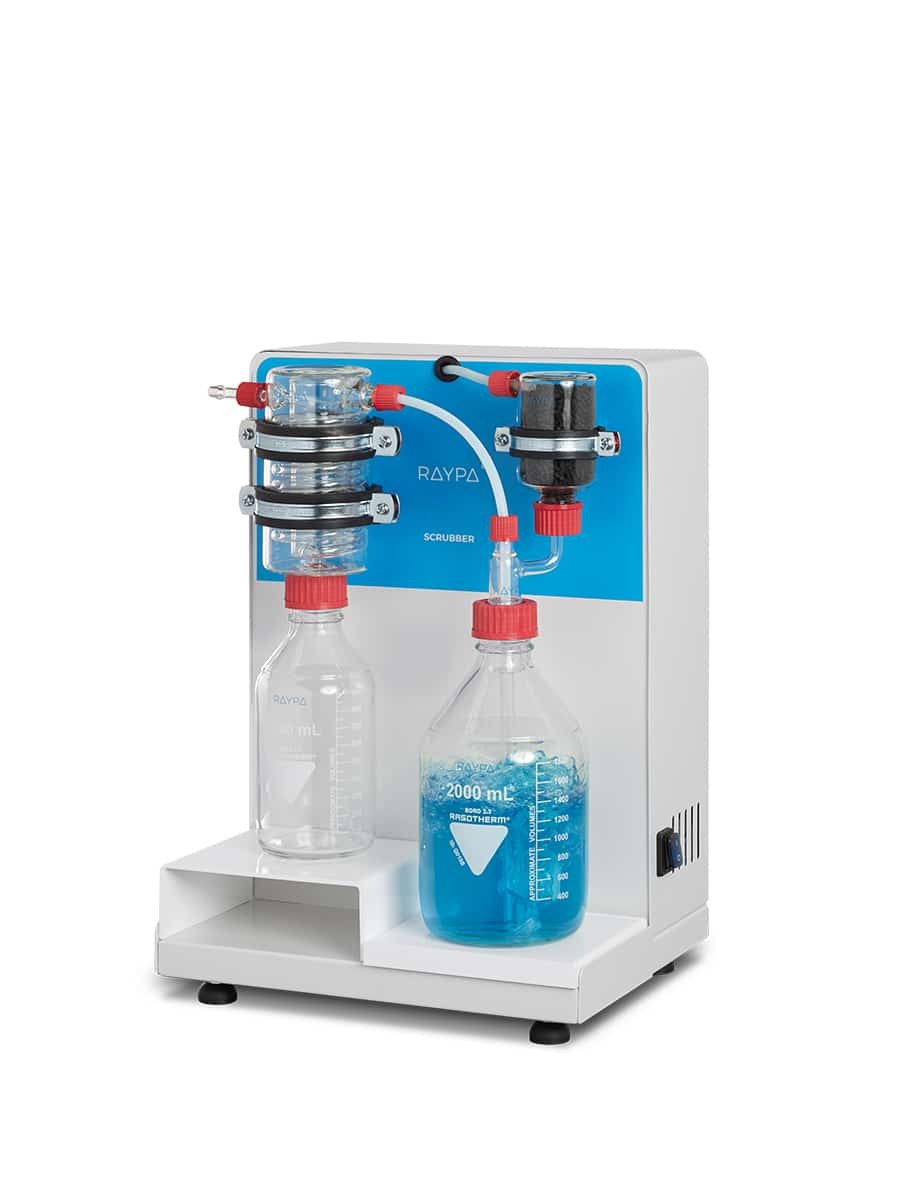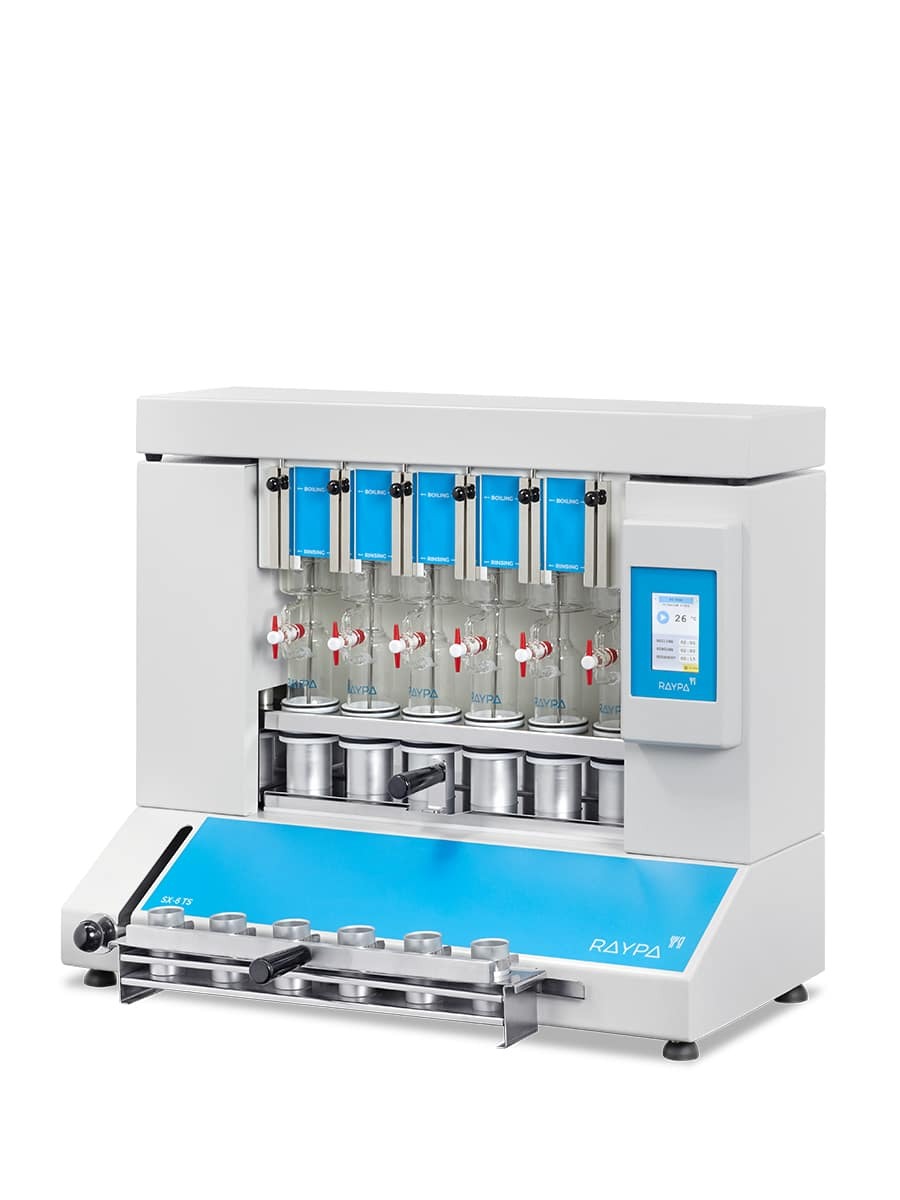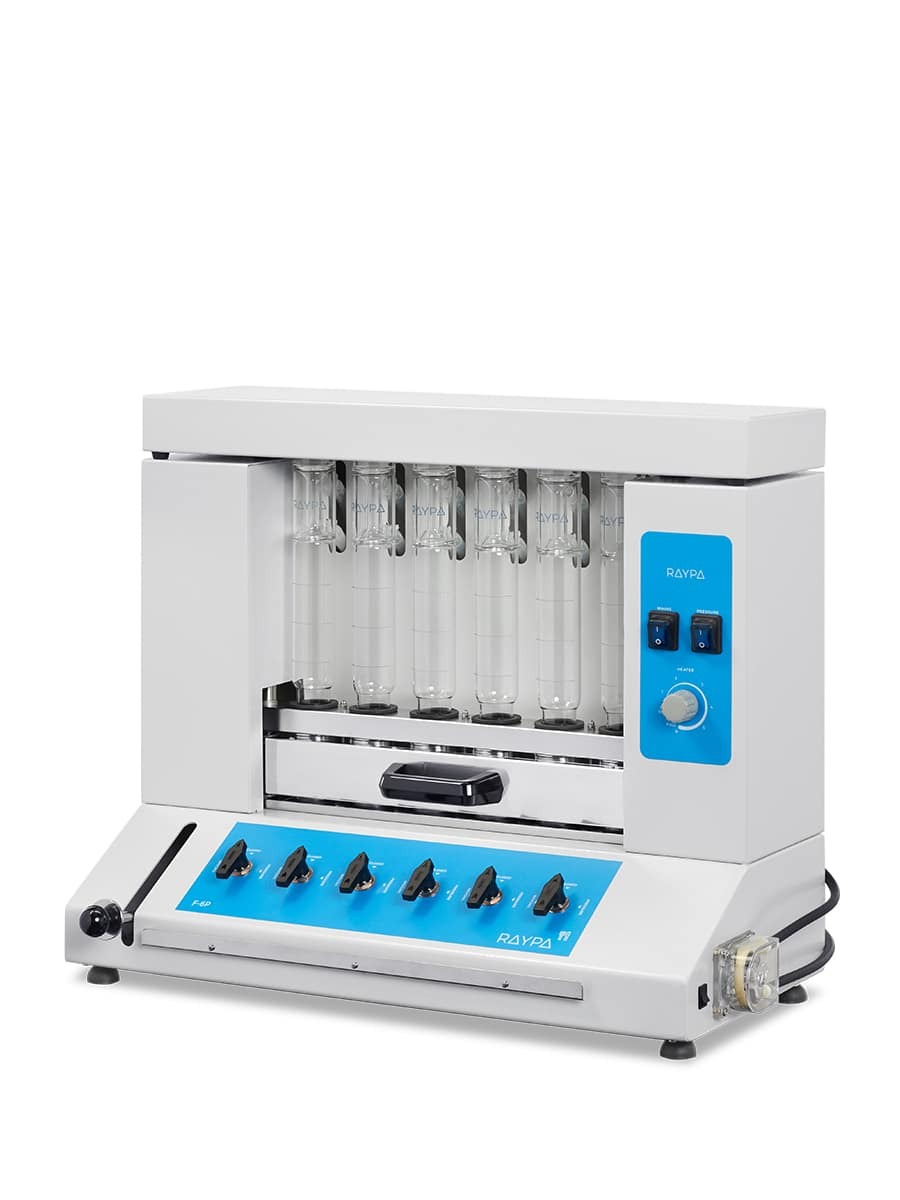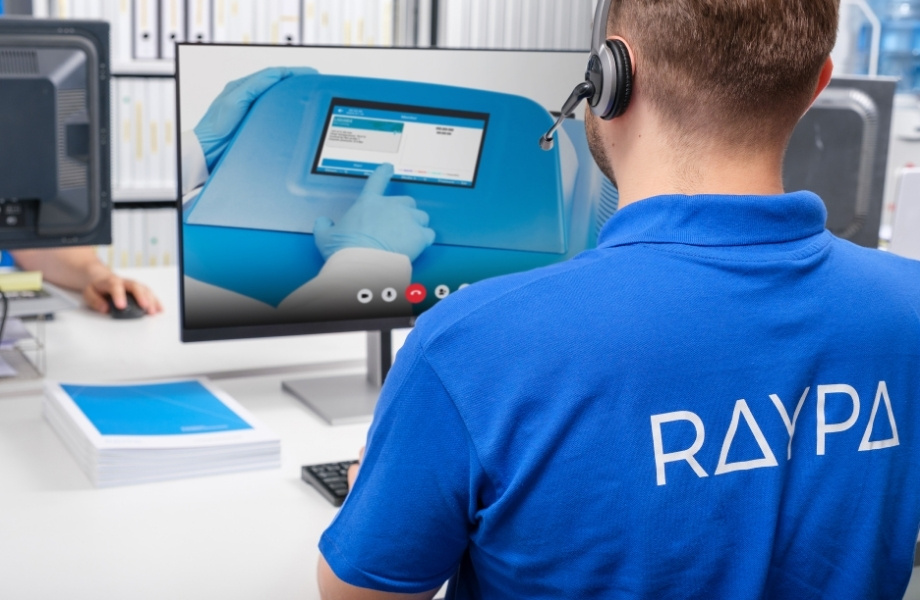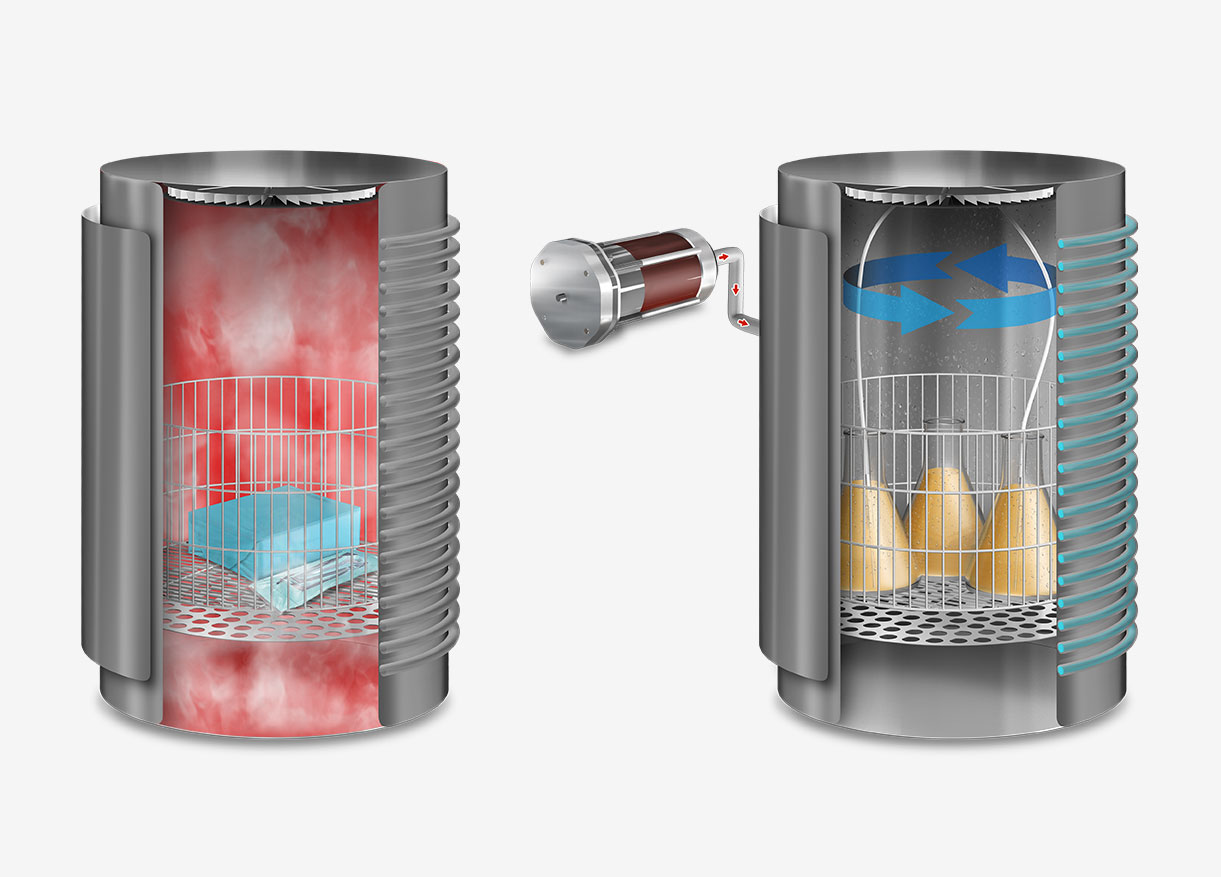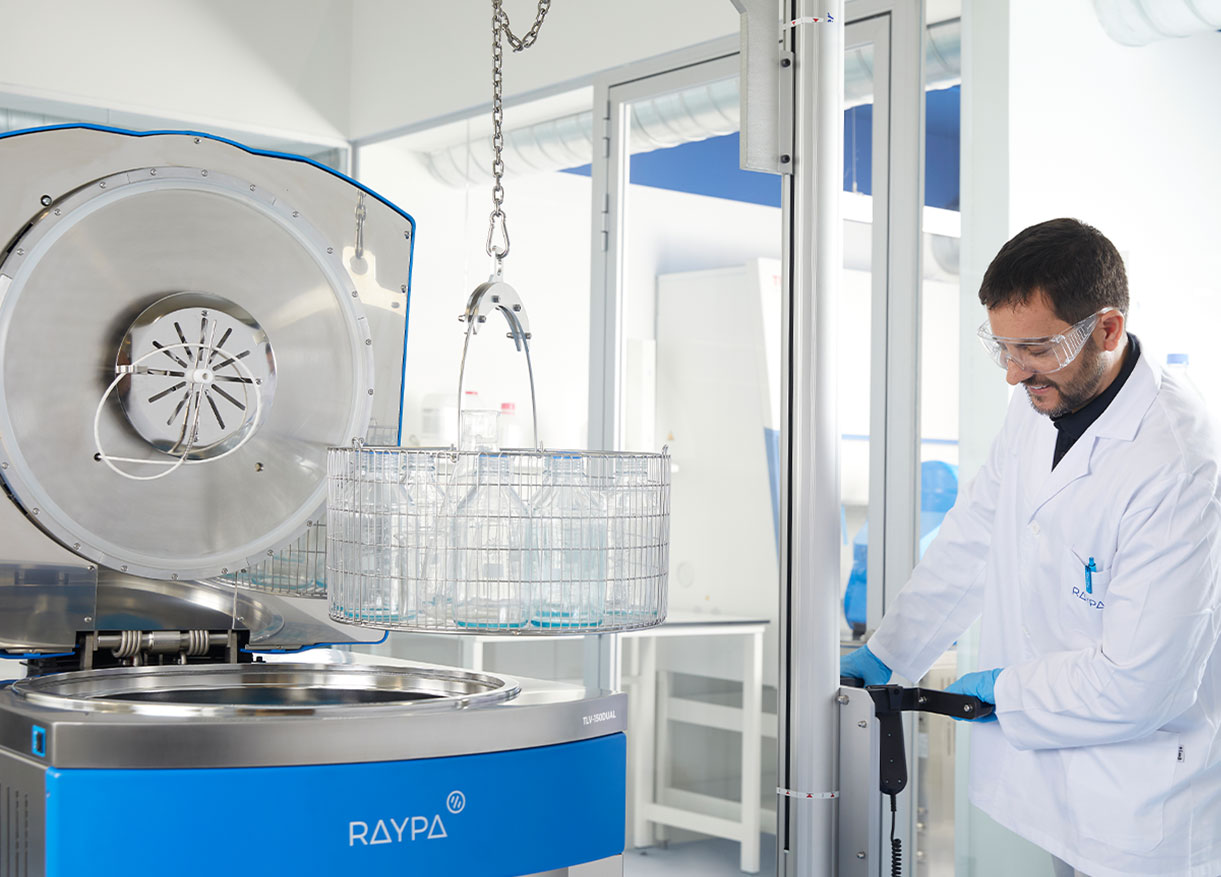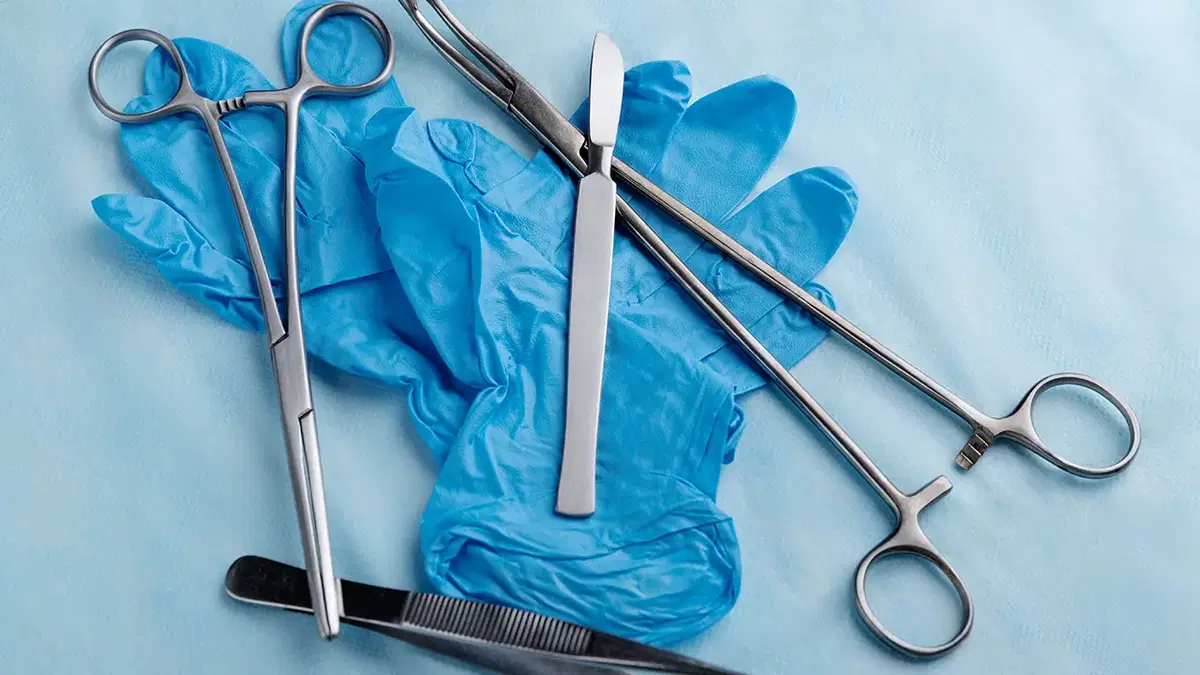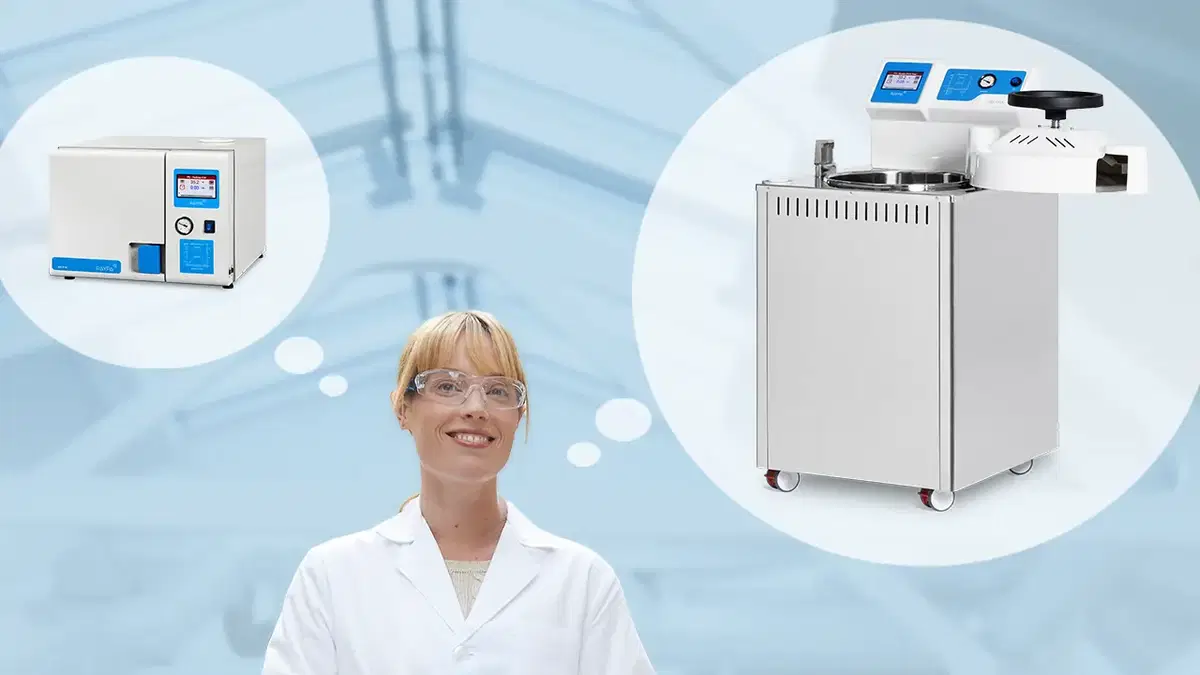In many laboratories, advanced sterilization and culture media preparation depend on something as basic as it is essential: having a stable water supply, a functional drain, and a responsible approach to water consumption. Modern autoclaves and media preparators require large volumes of water for cooling and drainage systems, which can result in intensive—and sometimes inefficient—use of this resource. Additionally, some facilities operate with inconsistent water supply, insufficient flow, or no drainage at all, making it challenging to keep processes running smoothly without increasing water waste.
For these environments—and for any laboratory that wants to ensure operational continuity while measurably reducing water consumption—RAYPA has developed AUTOFILL, a closed-loop external water-supply and management system for sterilization, cooling, and drainage processes.
What AUTOFILL is and how it works
AUTOFILL is an accessory that functions as an external water-supply and management system, built around a storage tank and integrated pumps. It guarantees continuous operation even when the laboratory lacks a stable water network, has insufficient flow, or has no operational drain.

The system operates as a closed loop: it supplies water to the equipment and recirculates the water used during sterilization, cooling, and drainage, ensuring a stable flow while significantly reducing both consumption and waste.
It also includes audible alarms that notify users of low water levels or a full tank—preventing unexpected interruptions during a cycle.
AUTOFILL-TLV-200: application for Top Line autoclaves
The AUTOFILL-TLV-200 version is designed specifically for Top Line autoclaves – TLV Series. Its role is clear: to keep the autoclave running even when the facility does not provide optimal water utilities.
In installations without a constant water network, with insufficient flow, or without drainage, AUTOFILL-TLV provides autonomy through its tank and pressure pump, managing the water involved in sterilization, cooling, and drainage processes.
Download the technical datasheet for AUTOFILL-TLV-200
AUTOFILL-MP-200: application for AE-MP and TLV-MP media preparators
The AUTOFILL-MP-200 version is the equivalent solution for Classic Line (AE-MP) and Top Line (TLV-MP) media preparators.
These units include a sterilization phase followed by a rapid-cooling phase, the latter performed through a water-cooling coil. For this reason, having a reliable water supply and proper drainage management is essential for productivity and reproducibility. AUTOFILL-MP guarantees that continuity even when the laboratory lacks a stable hydraulic infrastructure.
Download the technical datasheet for AUTOFILL-MP-200
Technical advantages of AUTOFILL
1. Continuous operation: Designed to ensure uninterrupted operation in environments with water-supply or drainage limitations.
2. Closed-loop system: Recirculates the water used during sterilization, cooling, and drainage, eliminating dependence on a permanent external supply.
3. Safety and alarms: Equipped with audible alarms to signal low water level or a full tank, minimizing potential interruptions.
4. Efficient water management: Optimizes water use by supplying only what is needed and enabling its recovery.
5. Ready to install: AUTOFILL is supplied as a complete set that includes:
- Transport cart with wheels and braking system
- 200 L tank with minimum and maximum level sensors
- Pressure pump with adjustable switch
- Heat exchanger
- Connection hoses and 1.5 m power cord

ECO benefits: tangible sustainability in daily operations
AUTOFILL stands out as an ECO-focused system designed to maximize water efficiency in sterilization and media-preparation workflows. Its closed-loop operation optimizes water consumption, enables reuse, and significantly reduces waste—supporting a more sustainable and controlled laboratory operation.
These advantages are especially relevant in laboratories with limited supply, insufficient flow, or discharge restrictions. In such environments, AUTOFILL transforms infrastructure limitations into a real operational improvement, ensuring more responsible, efficient, and consistent water use without compromising sterilization performance, cooling efficiency, or process reproducibility.
Recommended use cases
1. Absence of drainage: Allows collection of cooling water without requiring an external drain.
2. Lack of a cooling-water supply: Provides water for cooling; water is later discharged through the drain, without reuse.
3. Lack of both cooling-water supply and drainage: Operates as a closed-loop water system with integrated cooling, eliminating the need for continuous water consumption and discharge. This is the most efficient and sustainable option.
Enhance your autoclave or media preparator with the AUTOFILL system
AUTOFILL-TLV-200 and AUTOFILL-MP-200 are designed for labs that don’t want infrastructure limitations to restrict their sterilization or media preparation capacity. They provide operational continuity, efficient water management, and a realistic ECO approach—especially valuable in settings with constrained water resources.
If you want to confirm compatibility with your model or determine which configuration best fits your installation, reach out to our technical team.

